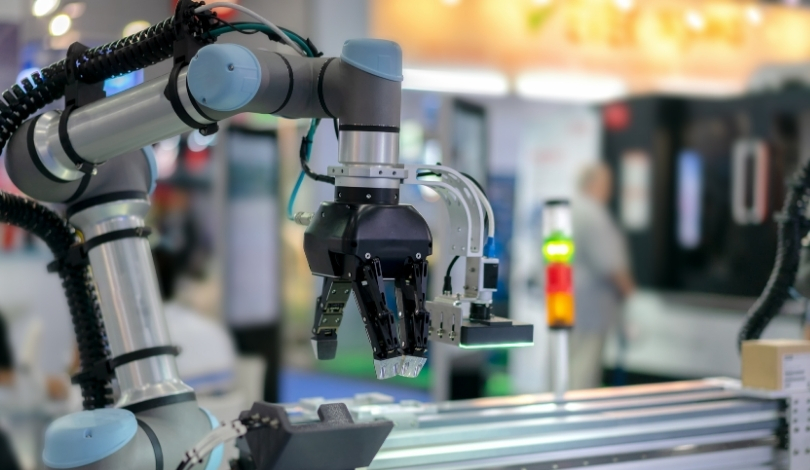Agility Robotics has unveiled the cost structure for deploying its Digit humanoid robot, providing greater transparency for potential customers. CEO Peggy Johnson shared details during a recent tech conference, emphasizing the commercial potential of humanoids. This revelation comes as Agility Robotics lands its first paying customer, marking a significant milestone for the company. With a focus on efficiency and return on investment, the company’s robots are already at work in real-world settings, showcasing the practical applications of their technology.
Deployment and Cost Insights
Agility Robotics has successfully deployed a small fleet of Digit humanoids at a Spanx facility in Connecticut. These robots are tasked with picking up totes from 6 River Systems’ Chuck autonomous mobile robots (AMRs) and transferring them onto conveyors. This operational setup is managed through Agility Arc, the company’s cloud automation platform. The robots are offered under a robots-as-a-service (RaaS) model, charging $30 per hour, which includes accessories and maintenance. Johnson stated,
“The return on investment (ROI) for customers is under two years.”
Historically, Agility Robotics has sought to balance cost-efficiency with technological advancement. The $125,000 estimated cost for two years of continuous operation may vary with different work shifts. The company’s ongoing improvements in battery life and lifting capacity are designed to enhance the utility and ROI of Digit. This mirrors the earlier industry trend where companies initially grappled with high costs before achieving more streamlined and affordable operations.
Other companies like Boston Dynamics and Tesla have similarly been working on commercial humanoids, aiming to integrate them into various industries. Agility Robotics’ strategic investments and partnerships, such as with Amazon, indicate a broader industry effort to make humanoids viable for commercial use. This collaborative approach is essential for addressing the technological and financial challenges associated with humanoid robots.
Future Developments
Johnson also highlighted the upcoming features of the next generation of Digit, expected this fall. These improvements include a lifting capacity increase from 35 to 50 pounds and extended battery life. The ratio of operating to charging units is set to improve from the current 2-to-1 to potentially 10-to-1, further optimizing ROI. Agility Robotics’ continuous enhancements align with the evolving demands of the market, providing more efficient and capable robotic solutions.
Investment and Market Position
Additionally, Johnson disclosed that Agility Robotics is in the process of raising its Series C funding round, aiming to scale production to 10,000 units per year at their new RoboFab factory in Oregon. This follows their $150 million Series B round in 2022. Increased investment in humanoid robots reflects growing market confidence and the potential for widespread adoption. Johnson noted,
“Right now, humanoid robots are having a moment, for sure.”
Currently, Digit humanoids do not work near humans due to the lack of established safety standards. However, efforts are underway to develop these standards, which could enable future human-robot collaboration. Agility Robotics’ continued focus on innovation and safety could position them as leaders in the humanoid robot market. The substantial capital being funneled into the development and deployment of these robots underscores the significant interest and potential in this sector.
The detailed cost analysis and operational insights provided by Agility Robotics offer a clearer picture of the commercial viability of humanoid robots. As the technology advances and becomes more cost-effective, the adoption of humanoid robots like Digit could become more widespread, transforming various industries. Companies considering investing in humanoid robots should weigh the initial costs against the potential ROI and operational efficiencies these robots can deliver. The strategic direction of Agility Robotics, coupled with their focus on continuous improvement, suggests a promising future for humanoid robots in commercial applications.










